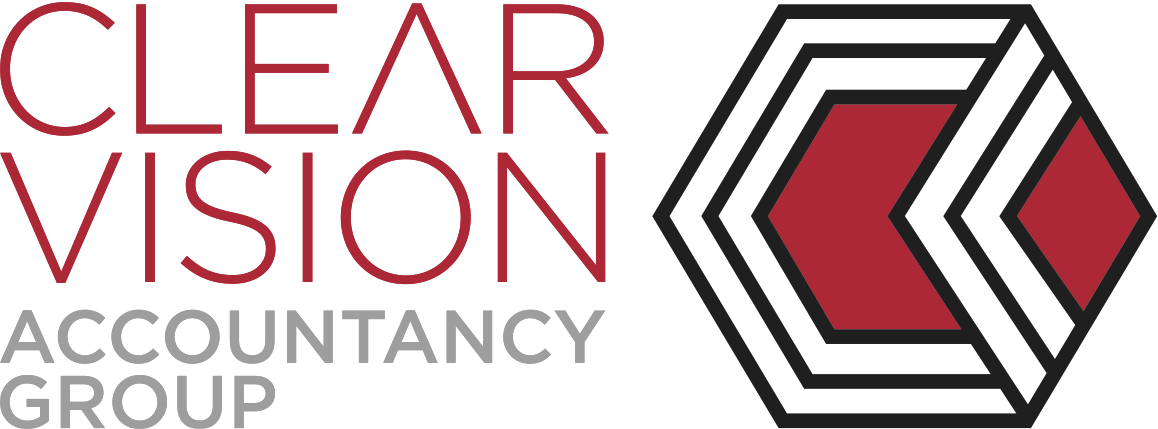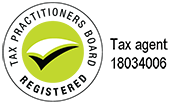Business by design Part 2: Cashflow – lifeblood of a successful business
ASIC’s business insolvency statistics suggest that inadequate cash flow or high cash use is the most often cited reason for a business failure.
So does that just mean they didn’t make enough money? Or they couldn’t sell enough products or services? Not necessarily.
Designing a successful business and achieving good cash flow is a lot more than just trying to sell as much of whatever product you have as possible.
At its simplest cash flow is just the movement of money in and out of the business. But successful cash flow management involves knowing how the money moves, when it comes in, when it goes out and when potential problem times will arise.
So choosing the business by design approach what proactive steps should we take with cash flow:
Work to your peaks and troughs
Knowing your business has peaks and troughs in cashflow but just pressing on and hoping the troughs don’t get too deep at the wrong time is a recipe for disaster. Work with your accountant or chief financial officer to understand how cash flow varies in your business. Everyone is unique. If you can, design payments for peak periods and minimise expenditure during the troughs.
Talk to your bank
Your bank wants you to succeed. Get them on board by making sure your advisor knows exactly what cash flow means for your business. Will money get tight at the end of each month? Does it fluctuate with a few big sales during the year so you may need to increase an overdraft in the dry periods? The more you talk to, and work with, your bank the better value you’ll get from this relationship.
Pay with what you have…not what you hope to have!
Many business owners are overly optimistic about future sales and also too eager to pay out creditors or invest in new projects when the money just isn’t there yet. Avoid extending a line of credit or putting the squeeze on cash flow when you can simply delay the expenditure until you have the money actually to hand.
Invest in good advice
Clear Vision loves talking about cash flow. Particularly when clients want to take proactive steps to managing and improving it. Whether it’s us or someone else the value of good advice, sought early, to the success of your business is immeasurable. We’ve seen hundreds of different business models. We’ve seen them succeed and unfortunately we’ve seen them fail. Invest in good advice and you’ll benefit from that experience to maximise your chances of success.
Don’t spend what you already owe
The delay between when money comes into a business and when you have to pay your GST and PAYG instalments causes problems for many businesses. The right advice can keep these payments to the legal minimum but eventually the tax man must be paid. Whether you simply keep some aside from every sale or design your cash flow so you can dedicate receipts at a particular time to tax payments you need to be ready.
The post Business by design Part 2: Cashflow – lifeblood of a successful business appeared first on Clear Vision Accountancy Group.





